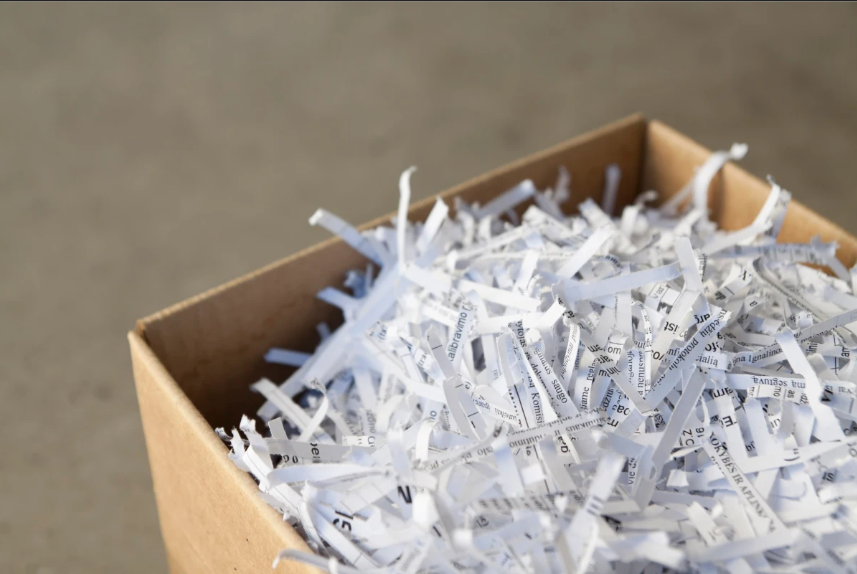In today’s information-driven world, protecting sensitive data is of utmost importance. Document shredding plays a crucial role in ensuring the secure disposal of confidential information. However, a disorganized or inefficient shredding process can lead to time wastage and potential security risks. Here, we will provide you with essential tips to streamline your document shredding process and enhance data protection throughout your organization.
- Develop a Document Retention Policy:
- Create a clear and comprehensive policy that outlines how long different types of documents should be retained before shredding.
- Ensure that employees understand and follow the policy to avoid unnecessary storage of outdated and irrelevant documents.
- Identify Sensitive Information:
- Regularly review and identify documents that contain sensitive or confidential information.
- Clearly label these documents to avoid accidental disposal or unauthorized access.
- Invest in Reliable Shredding Equipment:
- Purchase or lease high-quality shredding equipment that can handle the volume and types of documents your organization generates.
- Consider cross-cut or micro-cut shredders for enhanced security.
- Organize and Schedule Shredding Sessions:
- Establish a centralized location for document collection and shredding, such as a secure shredding room or locked collection bins.
- Set regular shredding sessions based on your document retention policy to ensure a consistent and timely disposal process.
- Train Employees on Proper Shredding Procedures:
- Educate employees on the importance of document shredding and the proper procedures to follow.
- Provide training on how to identify sensitive information, operate shredding equipment, and maintain confidentiality during the process.
- Implement Secure Storage Measures:
- Safely store documents in lockable storage cabinets or secure electronic document management systems until they are ready to be shredded.
- Restrict access to these storage locations to authorized personnel only.
- Consider Outsourcing Shredding Services:
- If your organization deals with a high volume of documents, consider outsourcing shredding services to a professional document destruction company.
- Ensure the company adheres to rigorous security measures, provides a certificate of destruction, and follows eco-friendly disposal practices.
- Maintain a Shredding Log:
- Keep a record of each shredding session, including the date, types of documents shredded, and the responsible party.
- This log can serve as proof of compliance with document destruction policies and assist in tracking any potential breaches.
Streamlining your document shredding process is essential for protecting your organization’s sensitive information and maintaining regulatory compliance. By implementing these best practices –developing a document retention policy, identifying sensitive information, investing in reliable shredding equipment, organizing and scheduling shredding sessions, training employees, implementing secure storage measures, considering outsourcing shredding services, and maintaining a shredding log– you can enhance data protection and ensure a smooth and secure shredding process. Remember, a well-organized and efficient shredding process not only safeguards sensitive information but also contributes to your organization’s overall data privacy and security practices.

